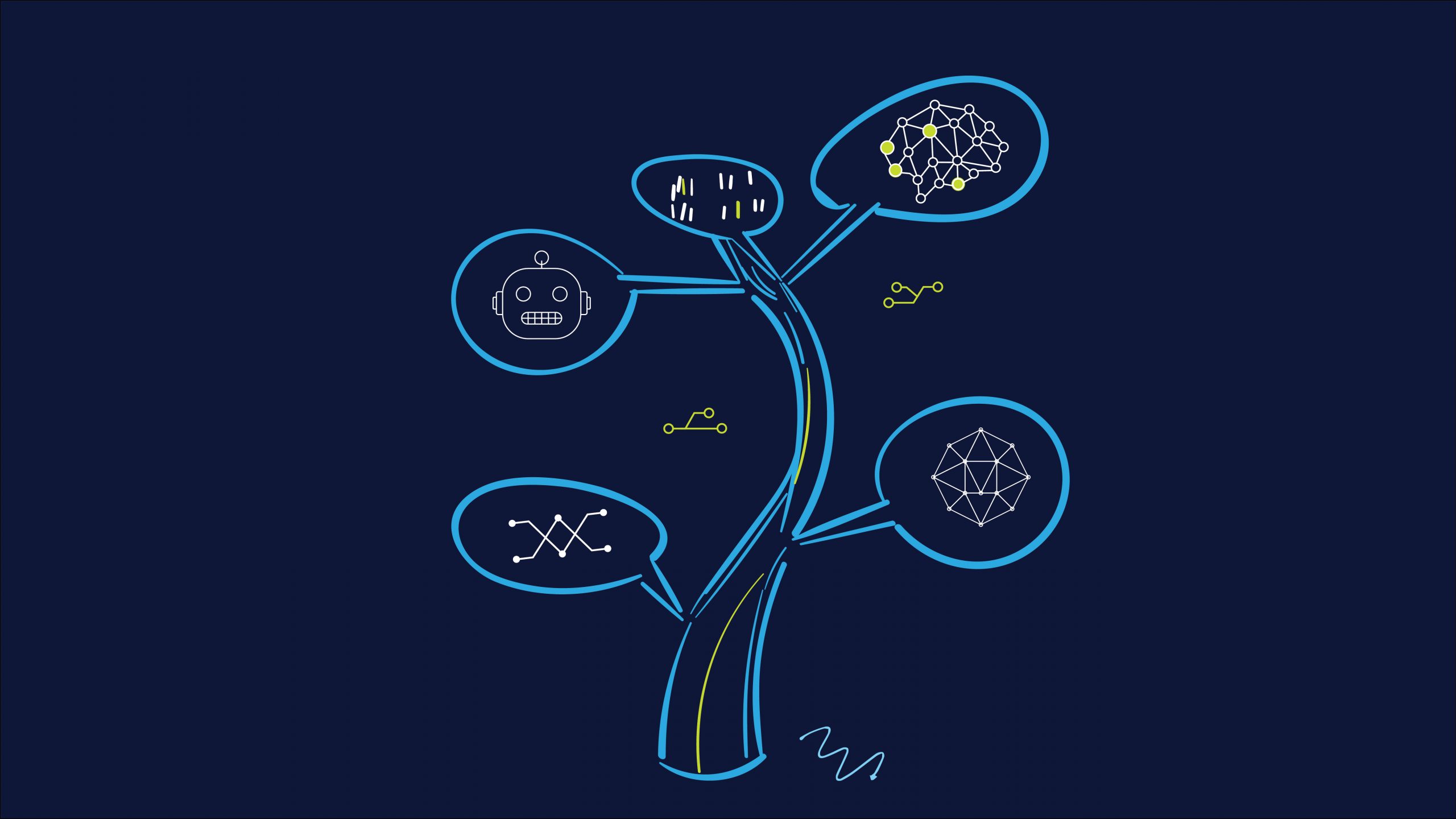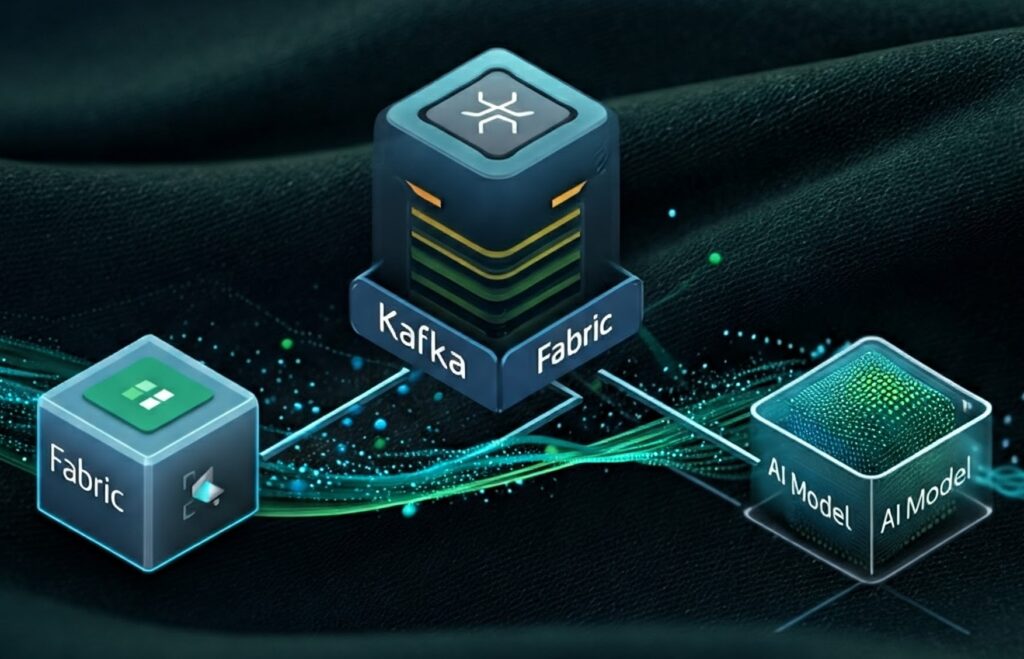Streaming Analytics with Kafka and AI opens the door to transforming complex data into tangible outcomes for big data and technology teams. This article explores the problem-solving nature of the topic, the fundamental components required for implementation, and the key performance indicators essential for tracking progress. Discover the significance of prioritizing data sources, selecting appropriate models, and establishing efficient governance processes without hindering project delivery. Furthermore, gain insights into typical challenges encountered, a streamlined pathway from trial deployment to full-scale production, and rapid achievements that can be achieved within weeks. The narrative concludes with insights into essential tools, skill sets necessary for team development, and real-world applications that validate the return on investment.
Streaming Analytics with Kafka and AI represents a pivotal intersection of two cutting-edge technologies: stream processing and artificial intelligence. This synergistic pairing empowers organizations to derive insights from data in real time, enabling quicker decision-making and proactive responses. To achieve this, teams must lay a strong foundation by understanding the core concepts of Kafka and streaming analytics. Kafka acts as a distributed streaming platform that provides scalable and fault-tolerant data handling, serving as the backbone for real-time data processing. Concurrently, AI augments this infrastructure by introducing advanced analytics capabilities, such as predictive modeling and sentiment analysis, to uncover hidden patterns within the data stream. By combining Kafka’s stream processing with AI algorithms, organizations can extract valuable insights that drive innovation and strategic growth. In practical terms, implementing Streaming Analytics with Kafka and AI involves a structured approach encompassing data ingestion, processing, analysis, and visualization. To start, teams should focus on identifying relevant data sources that align with the business objectives and strategy. Once the data pipelines are established, the next step involves selecting suitable AI models based on the nature of the data and desired outcomes. This requires a thorough understanding of machine learning algorithms, data preprocessing techniques, and model evaluation methods to ensure accurate predictions and actionable insights. Furthermore, setting up a lightweight governance framework is essential to maintain data integrity, privacy, and compliance throughout the analytics process. By striking the right balance between agility and control, organizations can accelerate time-to-insight and foster a data-driven culture within the workforce. When it comes to tracking progress and measuring success, key performance indicators (KPIs) play a vital role in assessing the effectiveness of streaming analytics initiatives. Common KPIs include data latency, throughput, error rates, and model accuracy, which provide a holistic view of the analytics pipeline’s performance. By monitoring these metrics and iterating on the models, teams can optimize their data strategies and enhance the overall business outcomes. As organizations transition from pilot projects to full-scale production, they must be mindful of common pitfalls that can derail the implementation process. These include data quality issues, scalability constraints, algorithm biases, and operational challenges that can impede the seamless integration of Kafka and AI technologies. To mitigate these risks, teams should adopt a phased approach that focuses on incremental improvements, frequent testing, and stakeholder alignment. By following a structured roadmap that emphasizes continuous learning and adaptation, organizations can overcome obstacles and realize the full potential of streaming analytics with Kafka and AI. Despite the technical complexities involved, there are several quick wins that organizations can capitalize on to demonstrate immediate value. These include building real-time dashboards for visualizing insights, conducting A/B testing to validate model performance, and integrating anomaly detection algorithms to identify unusual patterns in the data stream. By prioritizing these high-impact initiatives, teams can showcase the tangible benefits of stream analytics and foster buy-in from key stakeholders. The adoption of tooling notes, such as Apache Kafka, Apache Flink, TensorFlow, and Hadoop, is crucial for streamlining the analytics workflow and enhancing collaboration between data engineers, data scientists, and business analysts. Additionally, developing cross-functional skills, such as data engineering, machine learning, and domain expertise, is essential for driving innovation and staying ahead in the competitive landscape. By equipping teams with the necessary capabilities and fostering a culture of continuous learning, organizations can leverage streaming analytics with Kafka and AI to solve complex problems, uncover hidden opportunities, and drive sustainable growth. Real-world use cases across various industries, such as e-commerce, finance, healthcare, and manufacturing, exemplify how organizations have leveraged streaming analytics with Kafka and AI to achieve significant returns on investment (ROI) and gain a competitive edge. From personalized recommendation engines to predictive maintenance systems, these success stories underscore the transformative power of integrating real-time data processing with advanced analytics. Whether it’s optimizing supply chain logistics, improving customer experiences, or enhancing predictive analytics, the applications of streaming analytics with Kafka and AI are diverse and far-reaching. In conclusion, Streaming Analytics with Kafka and AI represents a transformative paradigm shift in how organizations leverage data to drive innovation, enhance decision-making, and deliver value to customers. By harnessing the combined potential of stream processing and artificial intelligence, organizations can unlock new possibilities, accelerate digital transformation, and stay ahead in an increasingly data-driven world. Embracing a data-centric mindset, investing in the right technologies, and cultivating a culture of experimentation are key pillars for success in the era of streaming analytics with Kafka and AI.

In summary, Streaming Analytics with Kafka and AI offers a comprehensive framework for big data teams to harness the power of real-time data processing and advanced analytics. By understanding the core principles, selecting the appropriate tools, and fostering a culture of innovation, organizations can unlock transformative insights, drive informed decision-making, and gain a competitive advantage in today’s data-driven landscape. The seamless integration of Kafka and AI technologies enables organizations to stay agile, responsive, and proactive in addressing evolving business challenges and opportunities. As organizations embark on their streaming analytics journey, embracing a holistic approach that combines technical expertise with strategic vision will be paramount in achieving sustainable growth and success.



